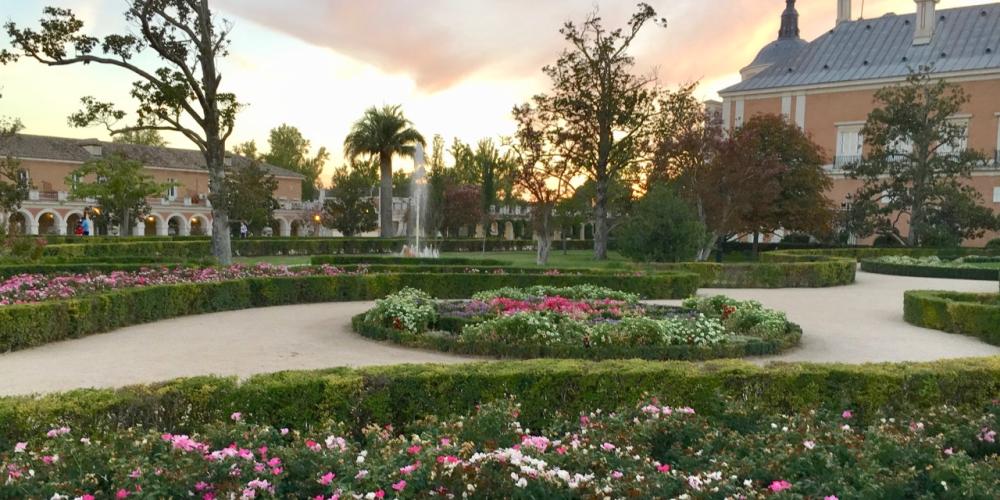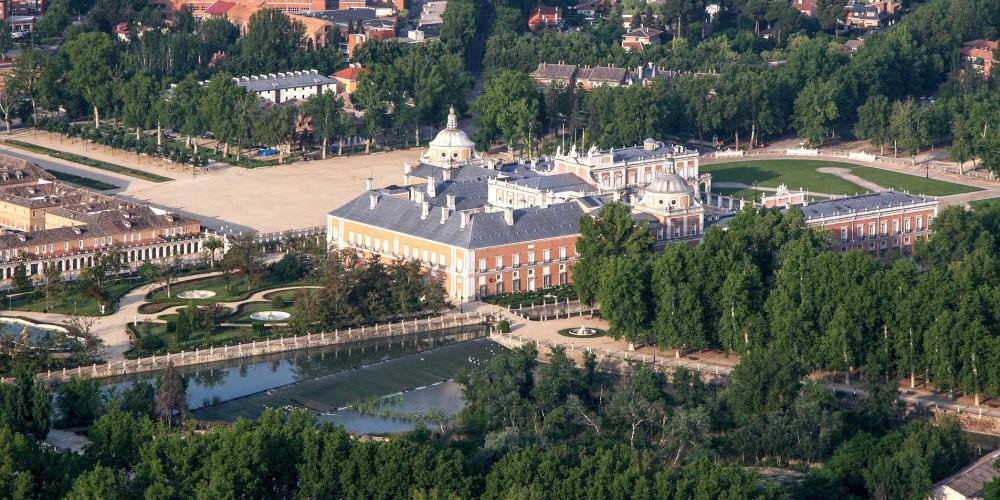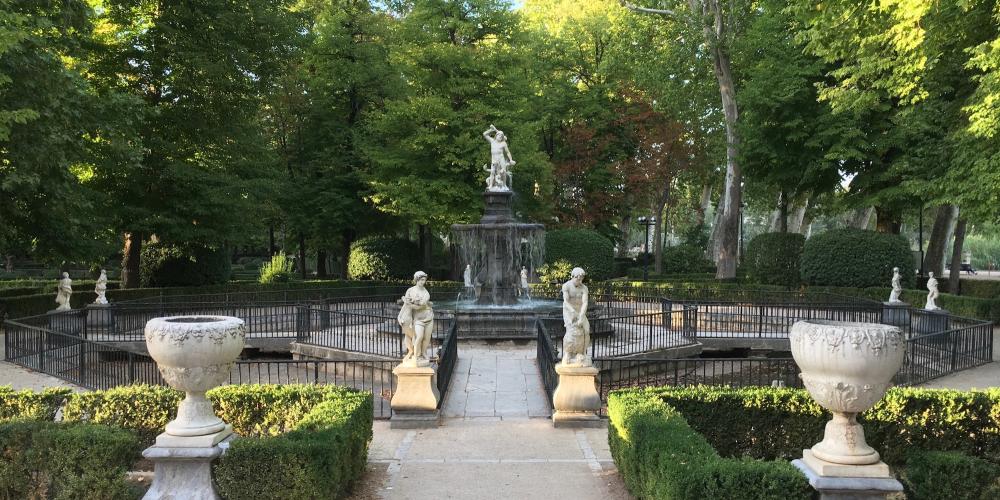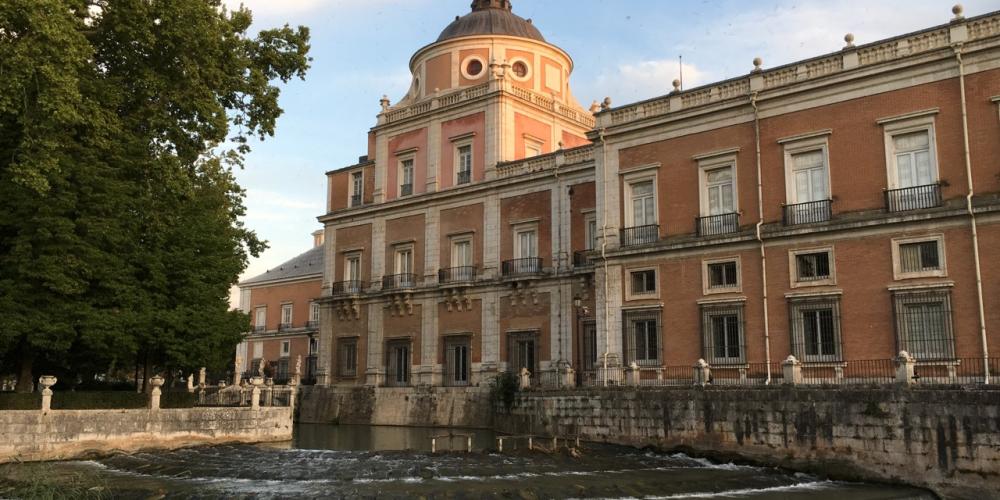Island Garden and Parterre Garden

Although the idea of creating a Renaissance garden in Aranjuez belonged to Carlos V, it was his son Felipe II who undertook the land planning works. In 1560, Juan Bautista de Toledo took command of the work and it was when the first species from Flanders, France, Valencia and Andalusia began to arrive. In 1564, the marbles carved for the fountains began to be brought from Italy, which increased under the reign of Philip III and Philip IV. The water from which these sources were fed came from the Ontígola Sea.
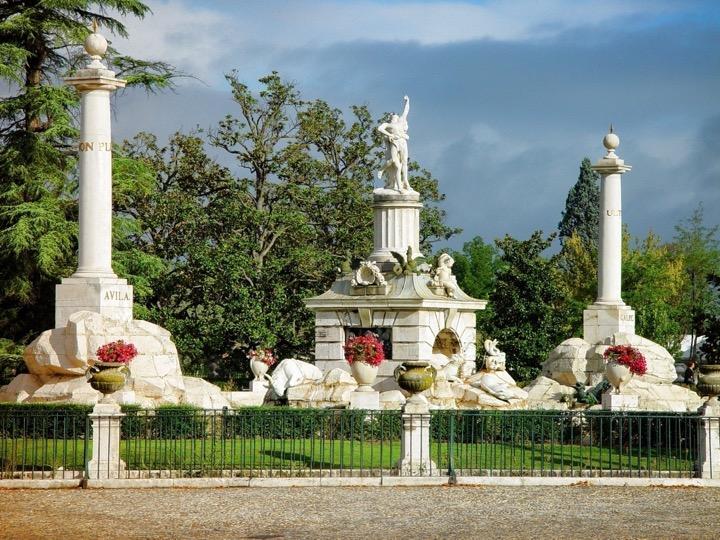
The layout of the Jardín de la Isla is based on a central axis surrounded by rectangular compartments that are divided into squares. The crossroads of the most important transverse axes with the main axis are marked by fountain squares. This central street was covered in the 16th and 17th centuries by tunnels formed with mulberry trees and wooden gratings called galleries until the 18th century when the French influence disappeared.
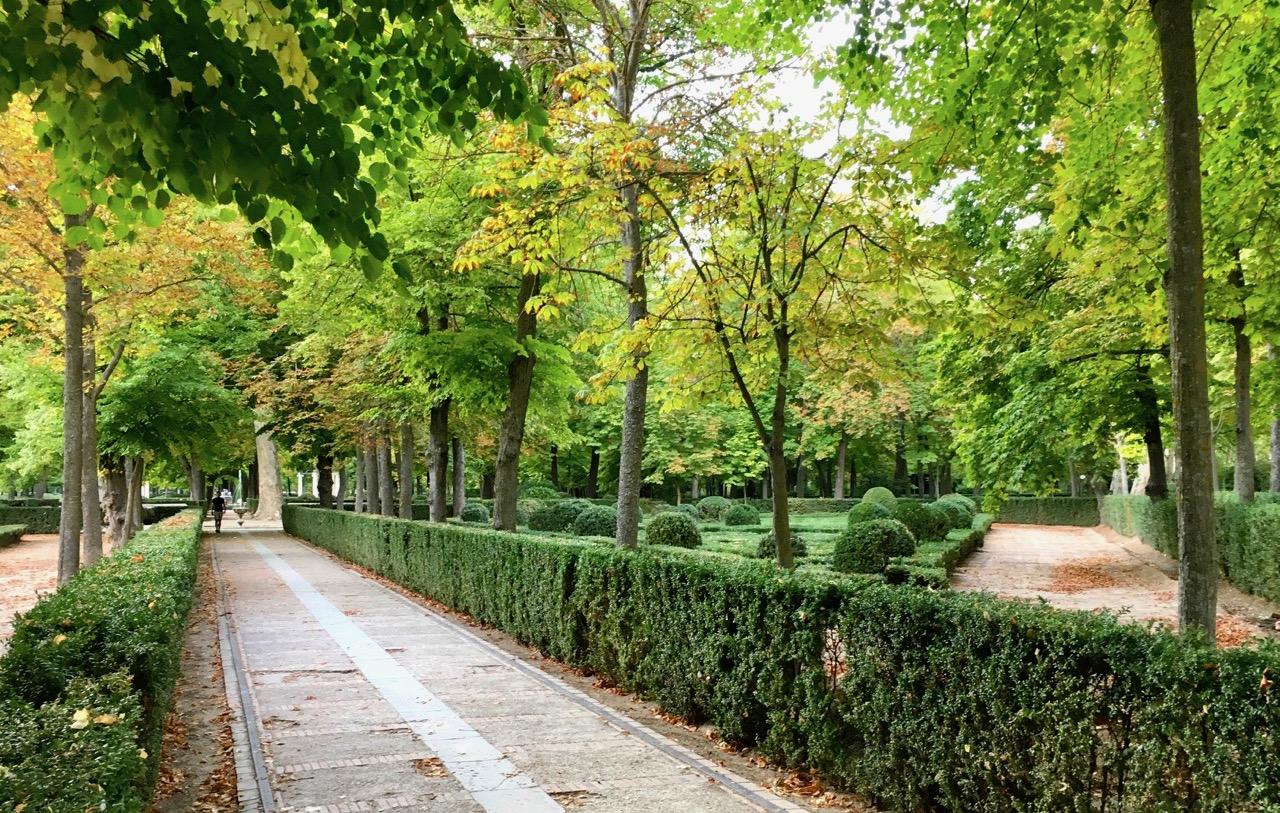
Following the course of the river, the island ended up in a tongue of land that the sediments of the Tagus were making increasingly larger. In 1729 Felipe V decided to create a viewpoint over the Tagus building strong retaining walls on the riverbed, safeguarding the garden from possible flooding of the river. This part of the garden was called La Isleta, and was built between 1731 and 1737 by Leandro Bachelieu, based on the project of Esteban Marchand. The bridges over the estuary and the Tagus were built by Santiago Bonavia. The large stone benches surrounding the squares where the fountains are located were made by Sabatini during the reign of Charles III.
At the end of the 18th century, abandonment made it possible to enjoy a more "natural" garden, disguising the planning of the territory and the layout of the fountains that denote the artificial character of this place.
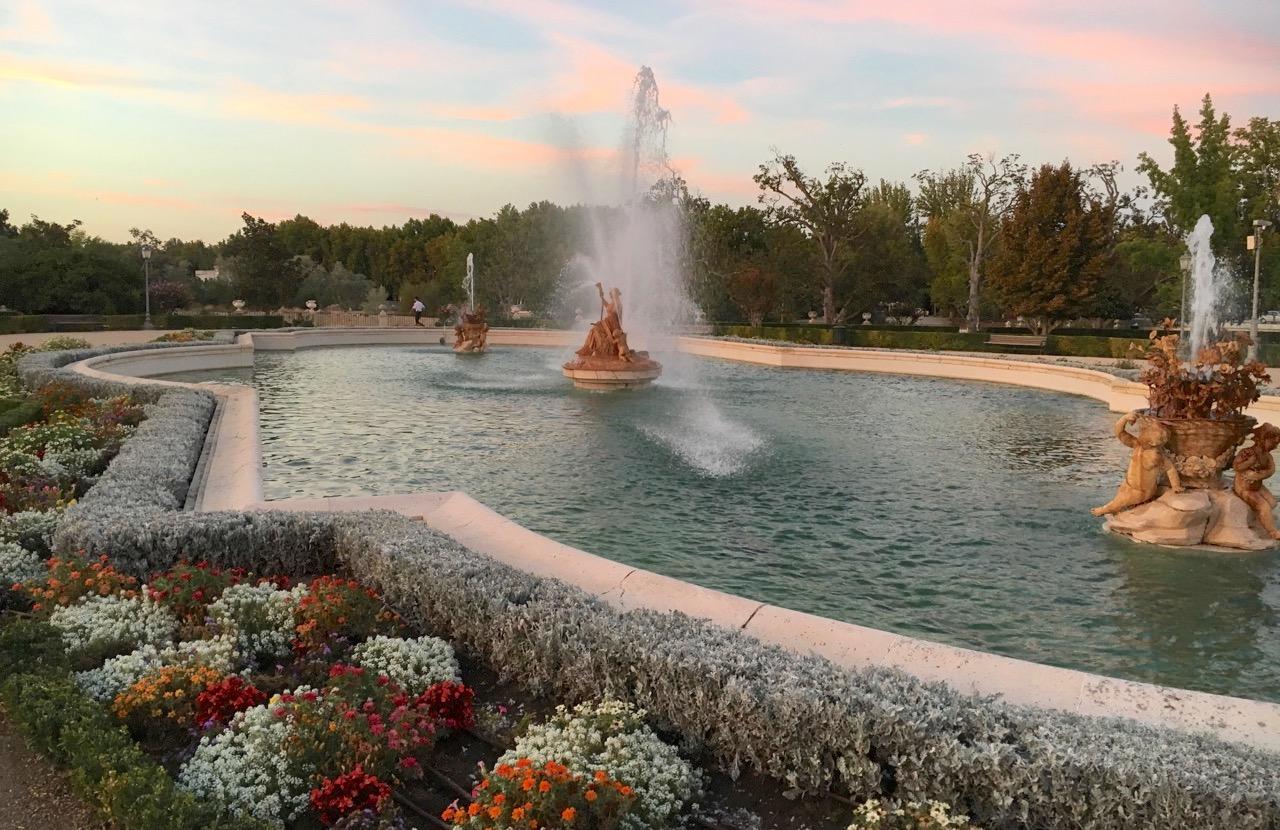
The Parterre Garden was built in 1727 by Esteban Boutelou I by order of Felipe V. It is surrounded by the Tagus River and a stone moat adorned with Flower Vases and iron railings, created in 1762 by order of Charles III. In this garden we can find the famous Fountain of Hercules and Anteo, the Fountain of Ceres (previously located in the Prince's Garden) and the Fountain of Nereids.
Island Garden and Parterre Garden
Gardens:
Saturdays from 11:00 to 18:00 h. uninterrupted
1 January - 28 February 08:00 - 18:30
1 March - 15 March 08:00 - 19:00
16 March - last weekend of March 08:00 - 19:30
Last weekend of March - 15 June 08:00 - 20:30
16 June - 15 August 08:00 - 21:30
16 August - 30 September 08:00 - 20:30
1 October - last weekend of October 08:00 - 19:30
Last weekend of October - 31 December 08:00 - 18:30
Hours of operation of monumental fountains of the Royal Site of Aranjuez:
Narcissus" Fountain of the Prince's Garden: From 12:00 to 12:10 and from 16:30 to 16:50
Fountain "Las Cabezas" of the Prince's Garden: From 12:20 to 12:30 and from 16:50 to 17:00
Garden of the Island (Hercules and Anteo do not work) From L. to V. 11:00 to 14:00 and 16:00 to 18:00
Closing due to an official act or public holiday in the municipality:
1 May: Closed full-time
24 December: Closed full-time
25 December: Closed full-time
31 December: Closed full-time
Special openings:
May 2 (Monday following Labour Day)
30 May (San Fernando)
25 July (Santiago Apóstol)
15 August (Monday Assumption of the Virgin Mary)
September 5 (Monday Mutiny Fair)
12 October (National holiday)
31 October (Monday Puente de los Santos)
1 November (All Saints)
5 December (Monday, Spanish Constitution Bridge)
6 December (Spanish Constitution)
December 8 (Immaculate Conception)
December 26 (Monday Next Monday Nativity)
